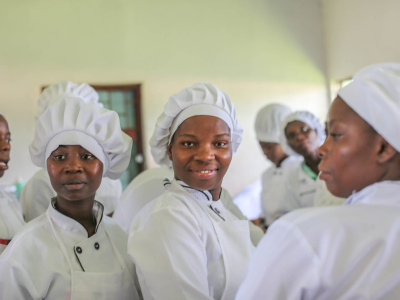
How the women, peace and security agenda is integrated into the EU’s gender action plan
Sophie Desmidt looks at how the women, peace and security (WPS) agenda is integrated into the EU’s latest gender action plan (GAP III) and at how EU delegations have been integrating the WPS agenda in their programming.
Summary
The Women, Peace and Security (WPS) agenda – which was launched in 2000 with the adoption of UN Security Council Resolution 1325 – is one of the focus areas of the latest European Union (EU) Gender Action Plan (GAP III). The inclusion of women, peace and security as a standalone thematic area is expected to allow for a more holistic EU approach to gender equality and complement efforts by some EU member states that have adopted feminist foreign policies. This briefing note looks at the integration of the WPS agenda in GAP III and at how EU delegations have been integrating the WPS agenda in their programming.
Aligning reporting on WPS and GAP III and encouraging joint reporting by the European Commission, EU delegations, the European External Action Service (EEAS) and EU member states has become a priority in GAP III. However, the Commission and the EEAS seem to be developing their own approaches and engaging with different communities of practices separately. In the delegations, there are varying levels of understanding of the WPS agenda, and it does not feature much in most multi-annual indicative programmes (MIPs).
The appointment of the first-ever EU-EEAS Principal Advisor on Gender and the implementation of WPS in 2015 has provided the leadership needed to ensure that gender equality and girls’ and women’s empowerment are at the centre of the EU’s external action. But to improve implementation of GAP III and the WPS agenda and to achieve the ambitions of GAP III, the EU needs to allocate a dedicated budget for the WPS agenda, clarify accountability systems and consider establishing a dedicated Council working party on gender equality.
Series
This brief is part of a series on the implementation of the EU’s latest gender action plan (GAP III). Other briefs include:




